The software as a service (SaaS) market was forecasted to reach $157 billion U.S. dollars by the end of 2020, more than doubling from 2014. By 2022, it’s expected to eclipse $140 billion.
A few elements of SaaS make marketing in this vertical a bit different:
- It’s a longer sales cycle as it may include demos and trial periods.
- SaaS is a growing field with an increase in competition; providers must highlight what makes the brand unique.
- As it’s an ongoing service, SaaS content needs to reflect the longer sales cycle and buy-in from ongoing customers.
The SaaS sales cycle can take months or longer; it’s all about acquisition and retention.
The industry relies on inbound and content marketing to captivate, educate, convert, and maintain buyers.
In this article, you’ll learn how to identify and better understand your potential audience’s needs. You’ll find tips for creating marketing content throughout the SaaS sales cycle and engaging the public and potential investors.
As Hispanics in the US and beyond are such a sizeable and influential audience, you’ll find tips for tailoring your SaaS content to their unique needs, as well.
Who is the Audience for Your SaaS Content?
Defining Your Brand
To start, we help clients define their SaaS brand by trying to sum it up in one sentence:
“We provide X to Y, who are in need of Z.”
The “X” gives an indication of how the brand sees its services. However, the brand may use too much jargon to describe itself. The provision needs to be described in terms the target market can understand.
The “Y” broadly or specifically identifies a targeted market. At times, the SaaS brand has a good idea of its target market. Even so, this exercise helps further define possible niches or potential consumers previously undiscovered.
And the “Z” helps the brand see services from a consumer’s point of view. It defines “problems” the brand solves and describes its benefits. This process may reveal keywords and phrases potential clients use to find service providers.
Mailchimp’s homepage message, for example, is direct. Mailchimp provides tools and guidance to small businesses in need of guidance and growth.

Use Existing Data
Google Search Console helps identify the interests of audiences and provides an overview of which queries get the most impressions and clicks.
We like to view impressions from the last year (or longer) to get a fuller view. It helps us assess whether particular queries are aligned with potential “problems” the service provider can solve.
Popular queries and related articles help to develop content clusters.
Furthermore, viewing time on page and subsequent actions throughout the site helps SaaS brands get a sense of how well site content is facilitating KPIs.
SEO tools such as Ahrefs or Semrush can reveal current rankings. This allows a brand to see how search engines understand the site’s content and which content is getting exposure.
Defining the Customer
Next, we need a better understanding of existing and potential consumers.
Personas help define who is buying, and JTBD (or Jobs To Be Done) determines why. Both are advantageous in developing a content strategy.
Let’s do a quick exercise in defining a persona and JTBD regarding a fintech service provider. We’ll assume the fintech company offers smart contract solutions (popular with SMBs that don’t have in-house legal teams).
Persona
An aligned persona may begin to look like this:
Sally the serial entrepreneur runs several small businesses. She is tech-savvy and constantly searching for ways to compose, share, maintain, and protect legal documents. She remains interested in learning about small business and technology and prefers tech solutions versus relying on fractional legal services.
Jobs To Be Done
Some people layer in or prefer the “job to be done” (JTBD) method because it forces a brand to align a potential consumer’s issues/problems with the brand-provided solution/product/service.
They have a problem, then seek a solution, and come in contact with a provider’s product/service.
Using JTBD, we can identify Sally’s need for paperless and secure B2B contracts.
Therefore, the smart contract brand’s marketing messages need to align the problem with the solution.
In some cases, a potential customer is aware of their problem and is searching for solutions using keywords and phrases.
Other times, a provider’s marketing messages need to introduce associated problems to remind potential customers of unknown “jobs to be done.”
Dropbox, for example, addresses the “why” while illuminating “what for” (by industry) and “for whom” (by user type).
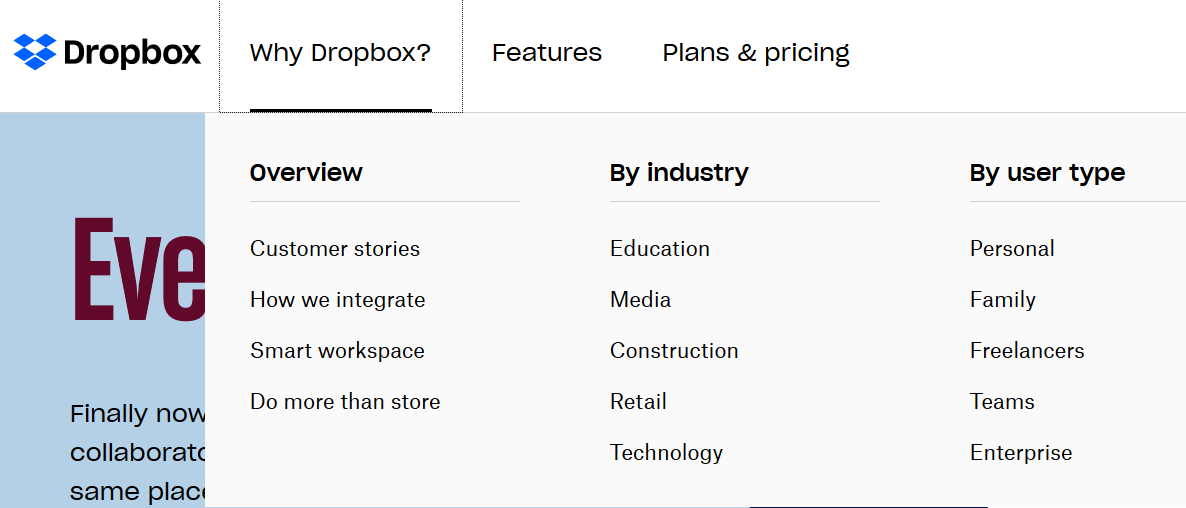
Next Steps
You may have the resources needed to further define personas and jobs to be done.
First, talk to your sales team and inquire about the flow of conversation.
- What types of questions are of primary concern?
- Do competitors come up in conversation?
- What criteria are most important in making a purchase decision (cost, customer service, referrals, age of company, etc.)
Next, use project managers, surveys, and social media interactions to gauge satisfaction levels and concerns of present customers.
- Is there a discrepancy related to what a service provider can do and what a paying client expects?
- What elements of the provided service are championed by clients and which ones produce grievances?
Allow your content to help identify prospects and highlight the coveted aspects of your service or product. Decide which types of content perform well and do best in informing the public about your product or service.
In some cases, it may be counterintuitive. For example, a legal provider may think they write well yet consumers are most positively influenced by video/spoken content.
Ask for testimonials and case studies.
Often, customers take to social media when frustrated with a brand. It’s less likely a customer will go out of their way to praise a brand even if they think highly of it. Therefore, be proactive in asking satisfied customers for feedback!
Lastly, speak with your internal team as well as current clients to understand the ideal situation.
Going back to the smart contract provider, maybe they need to relate that its services work best for tech-savvy owners. Otherwise, the intricacies of using smart contract services may frustrate them.
Creating SaaS Content with Acquisition & Retention in Mind
Content Funnel
Start by aligning content with the customer’s buying journey.
Potential consumers leverage several intents. Ensure your content is aligned with informational intent, educating a consumer who eventually seeks to make a transaction.
A brand’s services/goods dictate the content funnel and customer journey. For SaaS brands, the buyer journey may take several weeks, months, or longer.
Therefore, a large portion of content must be dedicated to educating and informing potential buyers.
Once you have an indication of your type of audience, you can begin creating top, mid, and bottom of funnel content.
Top-of-Funnel
Top-of-funnel content identifies and educates potential buyers. SaaS companies need to cover the advantages of services and help potential buyers “identify” as candidates.
Moreover, this may be where potential consumers hear of your brand for the first time, so it’s a moment to make an impression and increase levels of brand awareness.
Mid-Funnel
In the middle of the funnel, SaaS consumers now have an idea of the advantages of particular software and want to compare service providers.
This is a good opportunity to create comparison guides and add competitors to the discussion rather than hope your potential customers are not aware of competitor offerings.
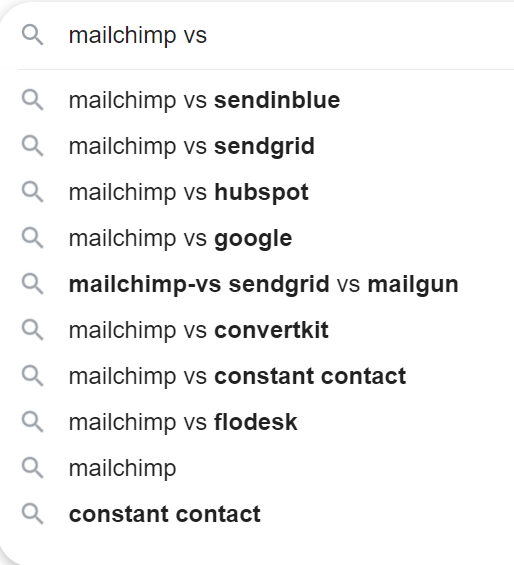
Bottom-Funnel
Usually, this means that a consumer is ready to buy. This is where information about demos, pricing, and initial trials takes hold.
However, SaaS is a bit unique in that retention is a huge factor. Therefore, SaaS providers need to be diligent in understanding the ongoing concerns of users.
Here, we see Mailchimp users’ needs reflected in keywords:
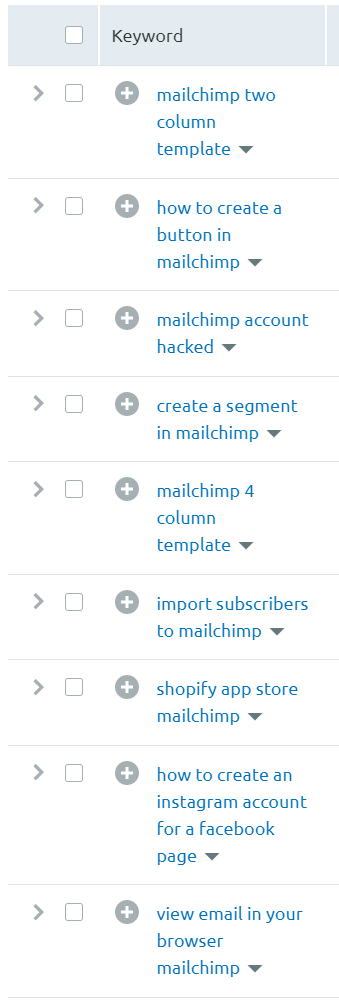
Additional Content Research
Similar to defining the customer, we help our clients with keyword research from multiple angles. Passively, we may leverage tools like Ahrefs and Semrush to identify terms a client is presently ranking for.
Going further, we need to do more comprehensive research. Take notice of Google suggestions, People Also Ask, and related searches. The relationship between entities and related topics helps us inform the content funnel, content clusters, and pillar pages.
A basic search for [Dropbox] unveils potential concerns, competitors, and related questions, for example.
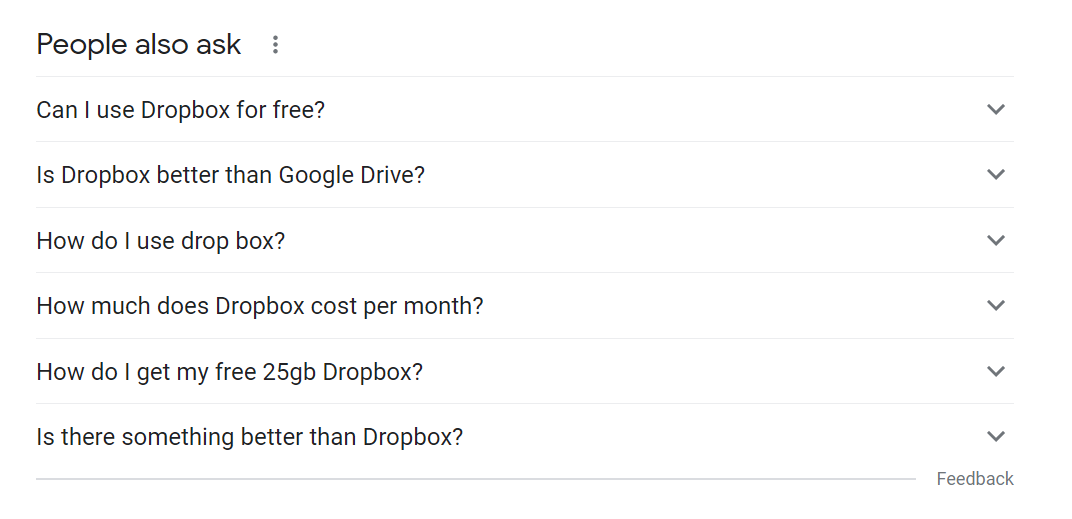
Content Clusters
Content clusters or “hubs” can be a successful way to create and relay content, whether the intent is transactional or informational.
A content cluster, offering a group of related but markedly unique information, helps a potential customer make informed decisions.
Make your website a place that can fulfill their needs for a more comprehensive analysis of the SaaS industry, offered tools, and ongoing solutions.
Using Sitebulb, we can gain a glimpse of how DocuSign arranges content clusters. This patch of URLs stems from a resource page.
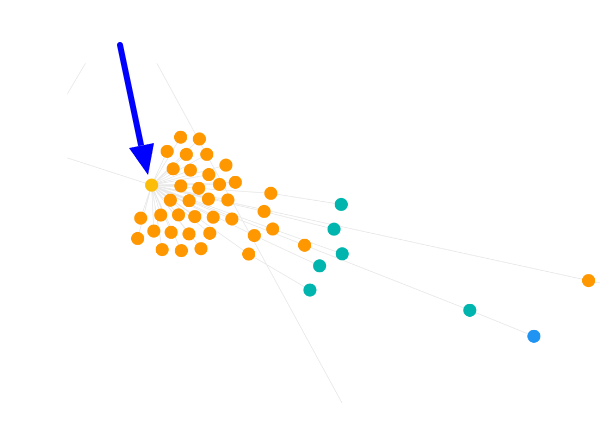
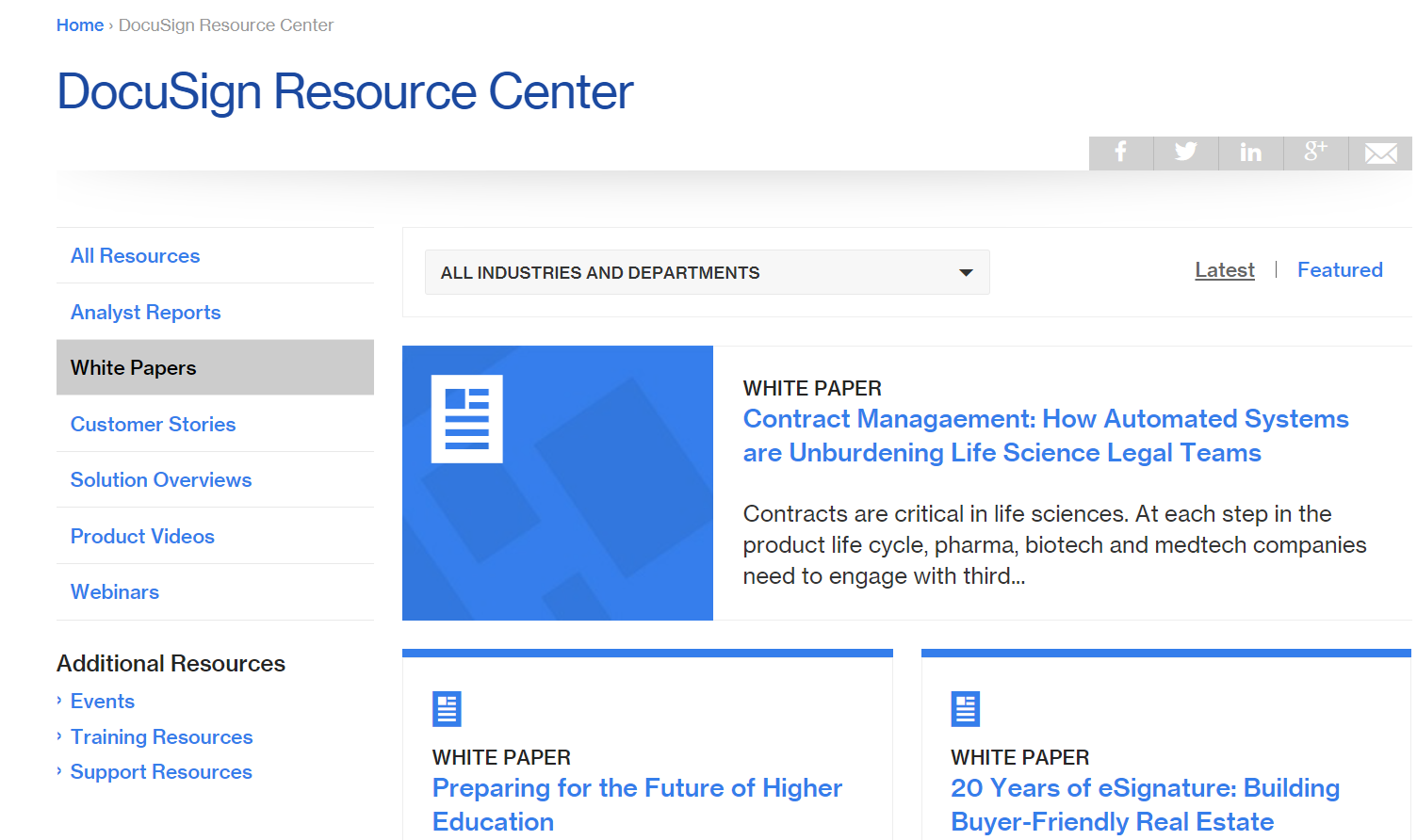
Engage the Public
Discussions about content marketing usually address direct acquisition and retention.
Yet a number of tools help a SaaS brand make an impression on potential buyers as well as the public at large — especially potential investors.
Public Relations
Digital PR is an important tool for SaaS brands in an increasingly competitive market, often analyzed by potential large businesses looking to acquire smaller competitors as well as investors who can level the playing field for smaller SaaS brands.
Public relations helps make brand aspirations a reality. Often, owners and executives have an idea of how they want the public, potential buyers, and investors to view the brand. PR brings it to life.
PR services can help you tell your brand story, contact reporters about internal/external activities, and position your business for success.
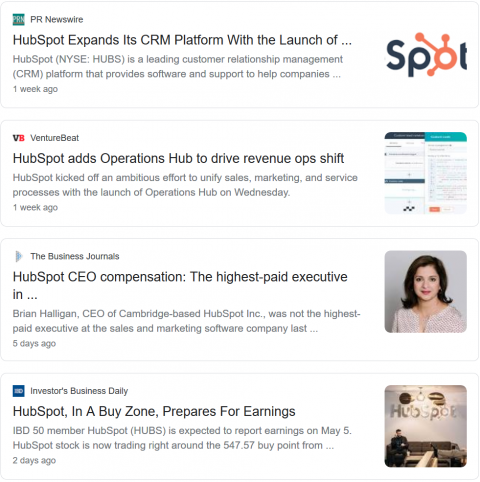
ESG Scores
ESG scores are becoming more important.
As more consumers and investors grow accustomed to transparency, a brand’s impact on the environment, society, and internal/external governance will influence peoples’ minds and brands’ revenues.

Tips for SaaS Content in Spanish Markets
Over 7% of the world’s population speaks Spanish. About 13% of Americans speak Spanish as their first language and it’s spoken in many countries the world over.
American SaaS companies are missing out by failing to consider optimizing content to include Hispanic consumers in North America and throughout Latin America.
Translation/Transcreation
To start, it’s advantageous to offer information on your website in different languages. Good job, HubSpot!
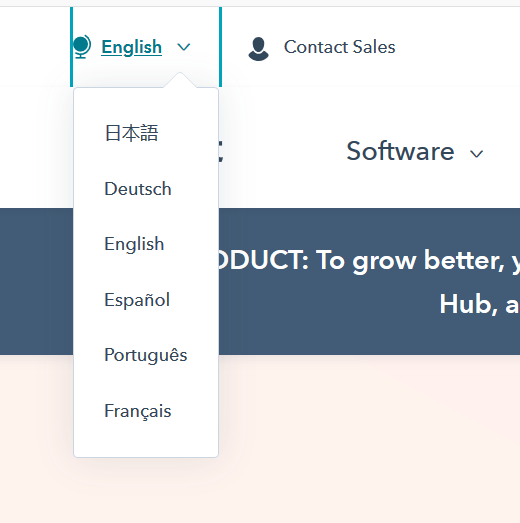
Great, Spanish is an offered language. But, here’s where the issue comes in regarding marketing to Hispanics – the Spanish language is highly localized.
People in Puerto Rico speak different Spanish than those in Mexico. Moreover, Spanish in America varies.
Let’s assume we’re marketing to Hispanics in the Ft. Lauderdale area.
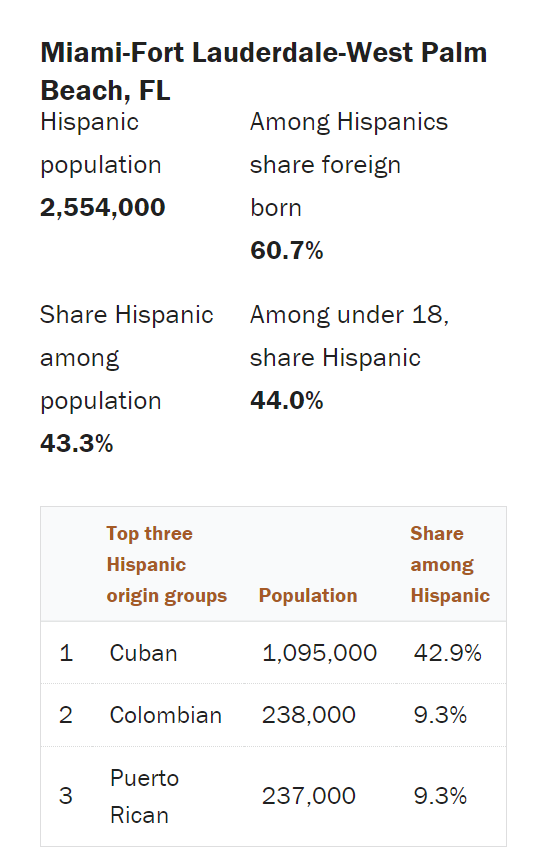
Many Hispanics in the area come from Cuba. Let’s compare to southern California.
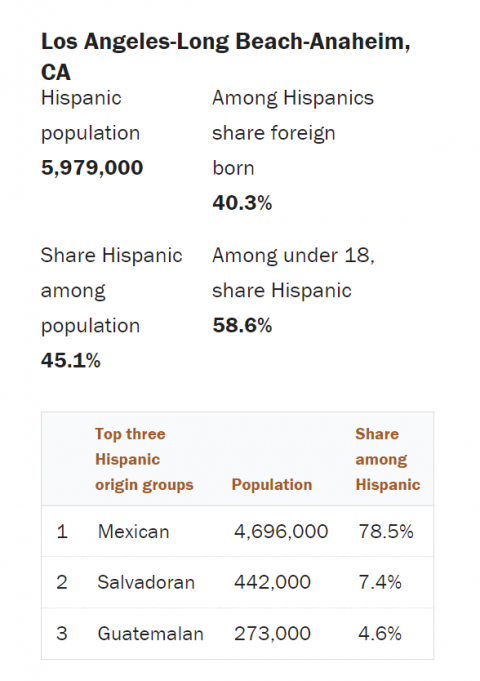
Most Hispanics come from Mexico in this Los Angeles metro area. So, the same SaaS provider would need to understand and differentiate Cuban Spanish from Mexican Spanish.
Otherwise, your brand risks alienating the same group of peoples it seeks to serve.
That happens a lot regarding “general” or “default” Spanish.
The solution is transcreation, a more comprehensive version of translation.
If you want to target Hispanics with your marketing efforts you need transcreation. Additionally, transcreation works well in fine-tuning Spanish PPC projects.
Advantages of Transcreation
- More than mere translation, transcreation layers in marketing, helping to educate, captivate, and convert potential customers.
- Transcreation maintains a brand’s tone and content. Using a style guide, translators create on-brand messages.
- Transcreation is proactive, targeting a specific location or region of consumers.
- While a general version of Spanish is not preferred, a transcreation service can apply a version of Spanish that feels familiar to a Spanish speaker despite their location.
- Transcreation is focused on results rather than being task-oriented. It’s not a basic practice of translating a language but earning and maintaining paying customers.
- Like having a personal liaison to another country or region, transcreation services can connect your brand to a previously untapped country and culture.
Conclusion
SaaS brands need content marketing to attract, educate, convert, and maintain customers.
The process involves better understanding your brand’s value to define customers to develop content aligned with the SaaS sales funnel.
Moreover, the need to be transparent coincides with public relations and ensuring your brand has a good reputation when it comes to the environment, society, and governance.
And finally, delivering SaaS content in Spanish opens additional doors of reputation and revenue.
More Resources:
- International Content Marketing: How to Create a Global Strategy
- 3 Worthy, Measurable, Growth-Centered Content Marketing Goals
- Content Marketing: The Ultimate Beginner’s Guide
Image Credits
All screenshots taken by author, May 2021.





